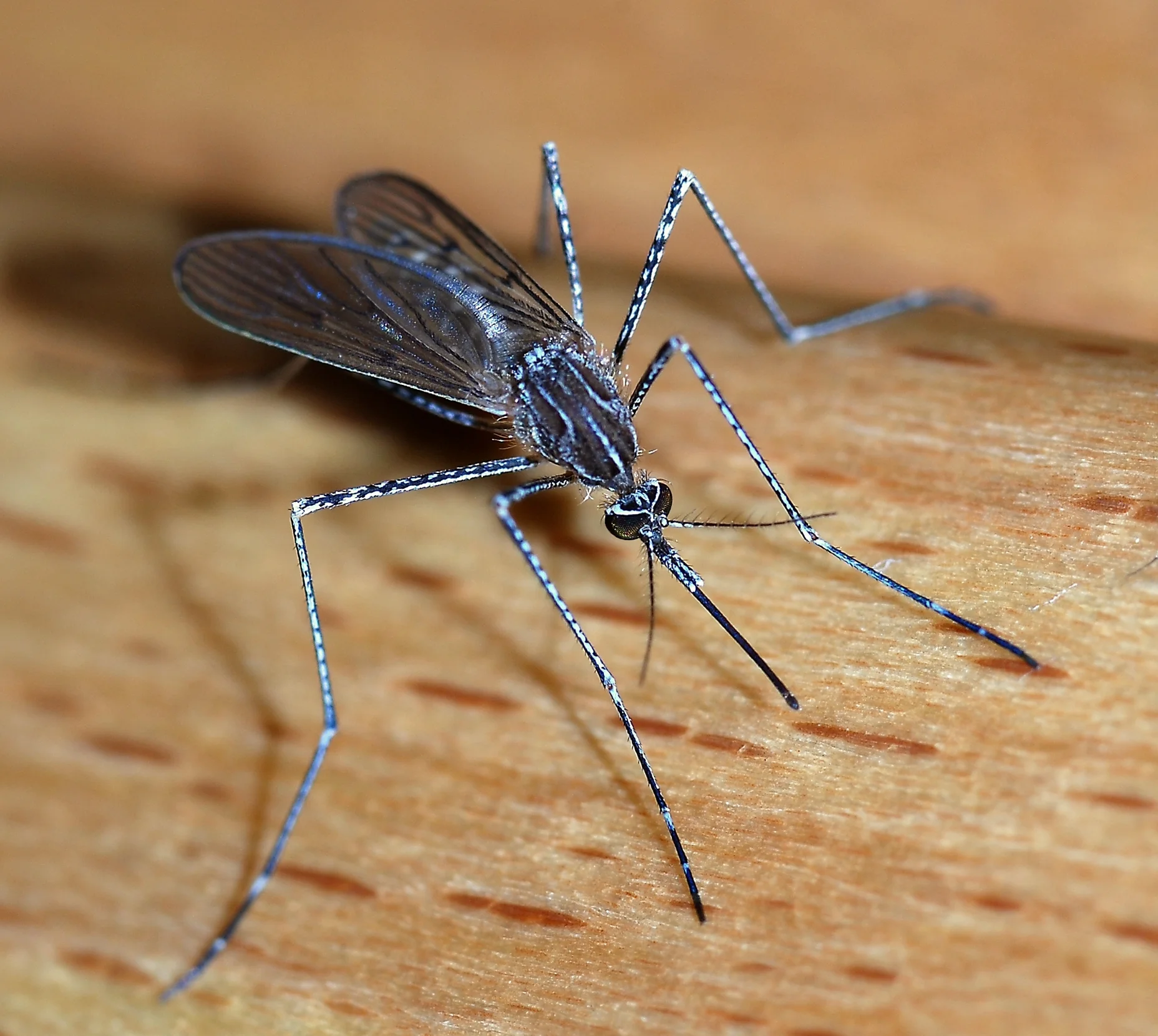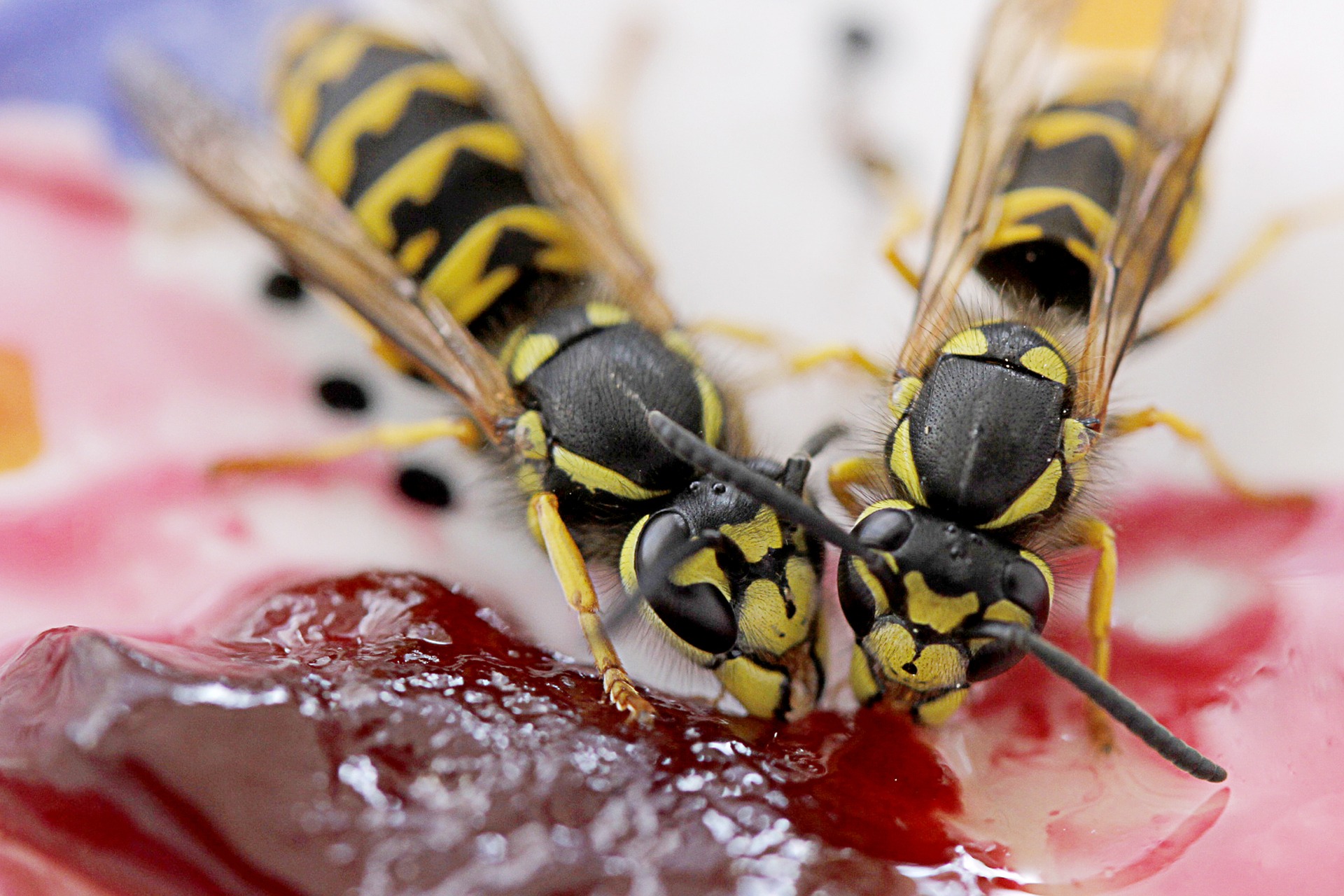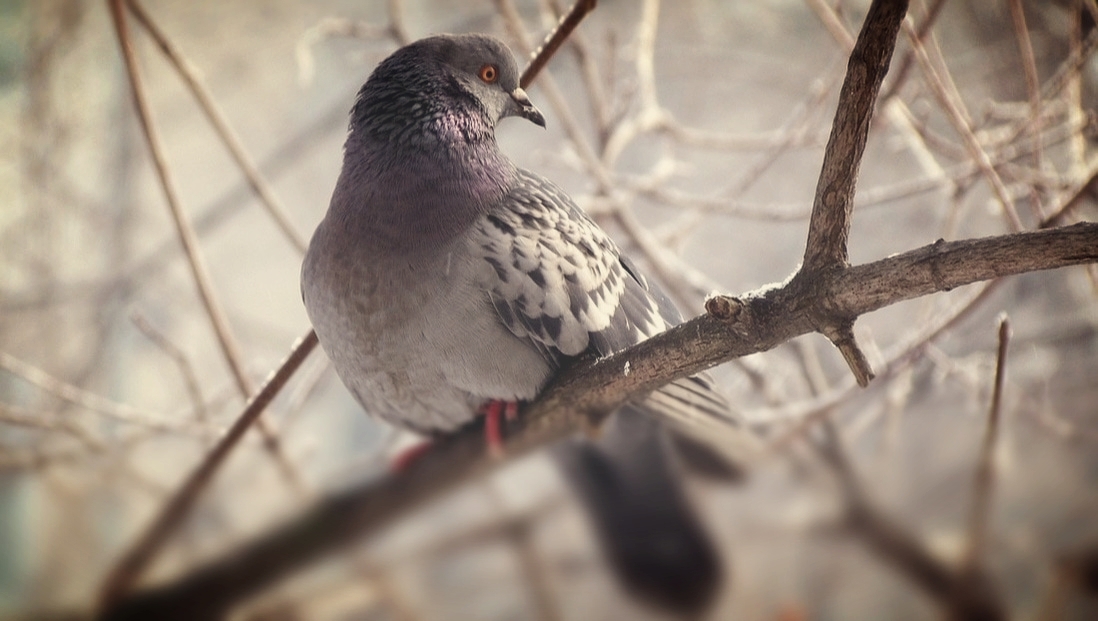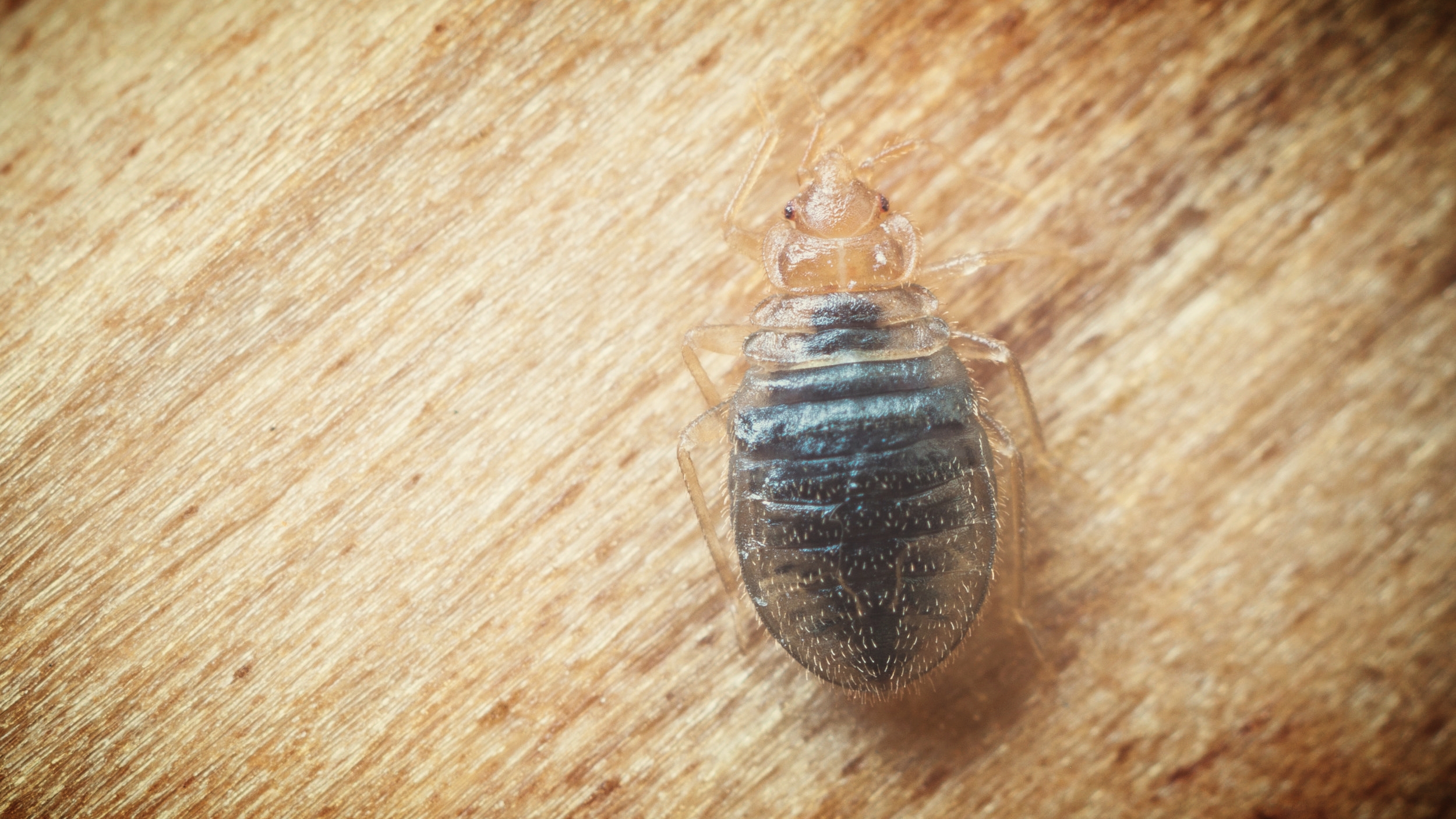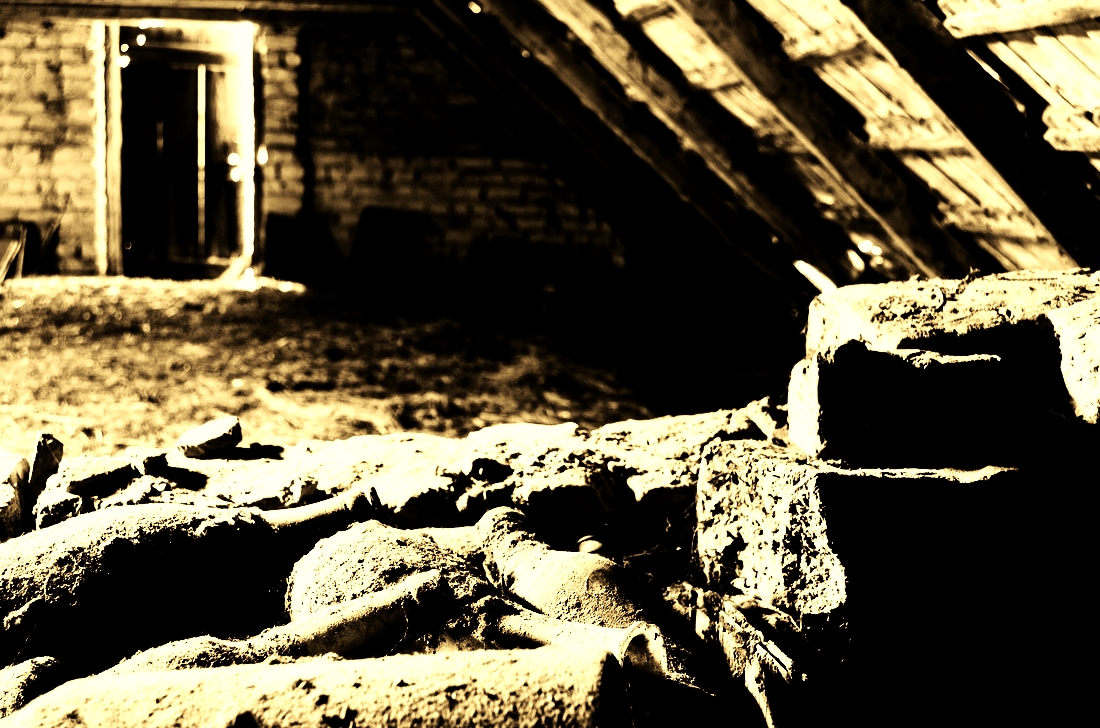Struggling to get rid of bed bugs?
Bed bugs are very good at hiding in the tiniest places, and most people have no idea they have them until they get bit. Gladhill Services listens to their customers concern, so we have put together a few easy do-it-yourself bed bug treatment options to help prevent and eliminate bed bugs from your home. Since bed bugs are active during the night and rarely seen by people, prevention is the best measure when dealing with these pests. However, if you do suspect bed bugs in your home, here are a few treatment options to help reduce bed bugs until a professional arrives.
Quick Bed Bug Facts
- Bed bugs are blood-feeding pests that have made quite the resurgence in recent years.
- The more you know about bed bugs, the better your chances are of avoiding them.
- As their name warns, these pests live, feed and breed where you sleep.
- Bed bugs can go without food for more than six months.
- Bed bugs are difficult to eliminate without the help of a pest professional.
USING HEAT AND WATER
If you notice insect bites on your arms, face, back, neck or other areas of your body upon waking in the morning continue reading. If you find dark reddish to black spots on your mattress you should consider bed bugs in your home. If any of these signs are present do not wait another day! Wash all bedding including sheets, pillow cases, blankets, and throws immediately. Wash all items in hot water at a temperature of no less than 120 degrees. Bed bugs can't survive a dryer cycle on high heat, so be sure to dry all linens, after washing, on high heat for more than 30 minutes. Always check laundry instructions on your linens being mindful as not to damage them . An all important step in this process is to be sure that your bedding and linens are brought to and from the laundry room in a dedicated hamper or basket. This will help prevent bed bugs from spreading into other parts of the home.
USING YOUR VACUUM AND ELBOW GREASE
Vacuum with a crack and crevice tip on your mattress, bed frame, along your baseboards and don't forget the headboard. Thoroughly vacuum any and all crevices where bed bugs, their eggs and young could hide during the day. This includes the insides of dresser drawers and night stands. Pull off wall hangings and be sure to vacuum the frames well. Discard the vacuum bag outside in the trash immediately following this process. Place your box springs and mattress in special bed bug encasements. If unsure about these then call Gladhill Services about mesh covers specifically designed to kill bed bugs for up to two years. These new covers not only prevent bed bugs from being able to hide in your mattress, they will continue to effectively eliminate them for up to two years. Finally, scrub down all hard surfaces like your headboard, bed frames, baseboards, floors and the inside and outsides of chests and drawers. Do this with a brush or disposable rag you can discard immediately after use. Soapy water, hydrogen peroxide mixed in water and tea tree oil diluted in water are safe and extremely effective in sanitizing surfaces. But, as with any cleaning solution always check the label as not to damage any surfaces.
USING YOUR MIND AND WIT
Like fleas and ticks, bed bugs do not live on their hosts. Bed bugs prefer feeding on humans, however, cats and dogs are susceptible hosts to bed bugs as well. At times, our pets may be responsible for bringing them into our homes. Pet bedding, stuffed animals, pet toys and cardboard boxes can harbor bed bugs even after professional treatments. If you are unable to discard these types of things then, you should treat them as you would the bedding, furniture and other personal items by laundering them. It's good to begin treating bed bugs like bacteria in one sense. While protecting you and your family, help protect the spread of bed bugs in your community by sealing any items you may discard in plastic or another suitable type of wrapping material. Thick trash bags work well when tied tightly and immediately thrown out into a dumpster or trash can. In accordance with the law in certain states, mattresses must be sealed when discarded. When you take these preventive measures be aware that there are species of bed bug that live in proximity to mammals and animals such as bats, swallows and owls. If you have a pest issue with birds nesting near your home, or bats in your attic, it's best to consider humane and professional options for the control of these animals too when eliminating and preventing bed bugs.
CALL A PROFESSIONAL
Even after you have done all this, bed bugs may still be present. Sometimes bed bugs continue entering your home on a regular basis simply due to a child, pet or friend. Your partner may travel for work so, understand you may have done your very best and still lost the battle in prevention but, never lose hope. Professionals deal with bed bugs everyday. They have special products, tips, and years of experience to help when your peace of mind has been lost. The easiest way to prevent and eliminate bed bugs is to contact a professional like Gladhill Services. A local pest professional will be able to assess your situation and begin eliminating bed bugs where they live and breed. A professional bed bug technician from Gladhill Services will give you peace of mind eliminating bed bugs in your home with as little disruption to your life as possible. Call us, and let us bring you some peace of mind.




